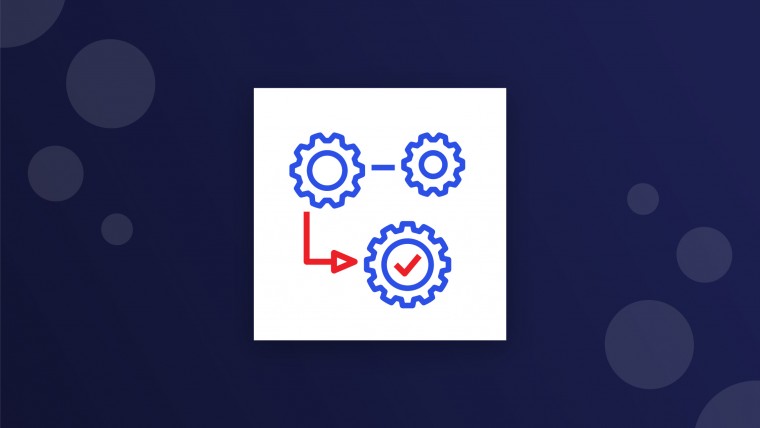Written By Jennifer Walkup
Published date April 27, 2018
At times, consultants tend to overestimate their power and influence. Project risk assessments are no exception to this tendency. After the project team performs their assessment, develops their forecasts and puts together their risk mitigation strategy, they need to communicate their work across all levels of the organization. This is where the tough dialogue happens.
Unfortunately, true project execution doesn’t always follow a linear path the way risk management practices do. No matter how hard we aim to quantify uncertainty, the complex problems corporations try to solve bring in various bias, such as:
Evidence bias: when the team has trust in the evidence without taking into consideration possible variables excluded from the assessments
Confirmation bias: when the team pick and choose only specific data or information that confirms their assumptions
Organizational biases: when members of the group conform to the opinion of other influential members. This is also sometimes referred to as the halo effect, or system justification, where group members prefer the status quo over change.
In these situations, communicating project risks can be complicated as it implies project failure. This is when the power of the project manager is greatly needed to facilitate these difficult conversations.
The first step is to garner support for the project team by engaging in multiple sessions to discuss risks freely and without constraints. The objective is to transform the team into a cohesive unit that speaks the same language across the organization or business unit. This will also result in easier and more efficient conflict resolution.
The second step is to address uncertainty or ambiguous risks, allowing safety margin in the project plan to address the type of risk that may arise. You should also be prepared to tolerate minor mistakes and human error that are inevitable, making sure to have a process in place to discuss said mistakes and errors as soon as possible.
Addressing possible bias should be an integral part of your risk management process. Adding a place in the risk registrar or other process management tools dedicated to listing possible biases and their potential effect on the risk assessment and mitigation strategies, will be very beneficial to your end result.







